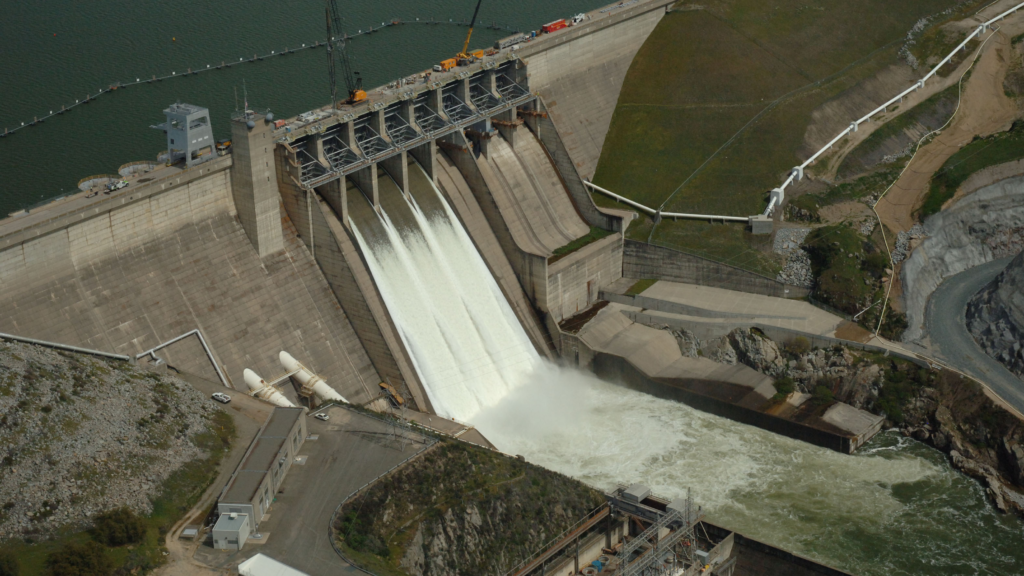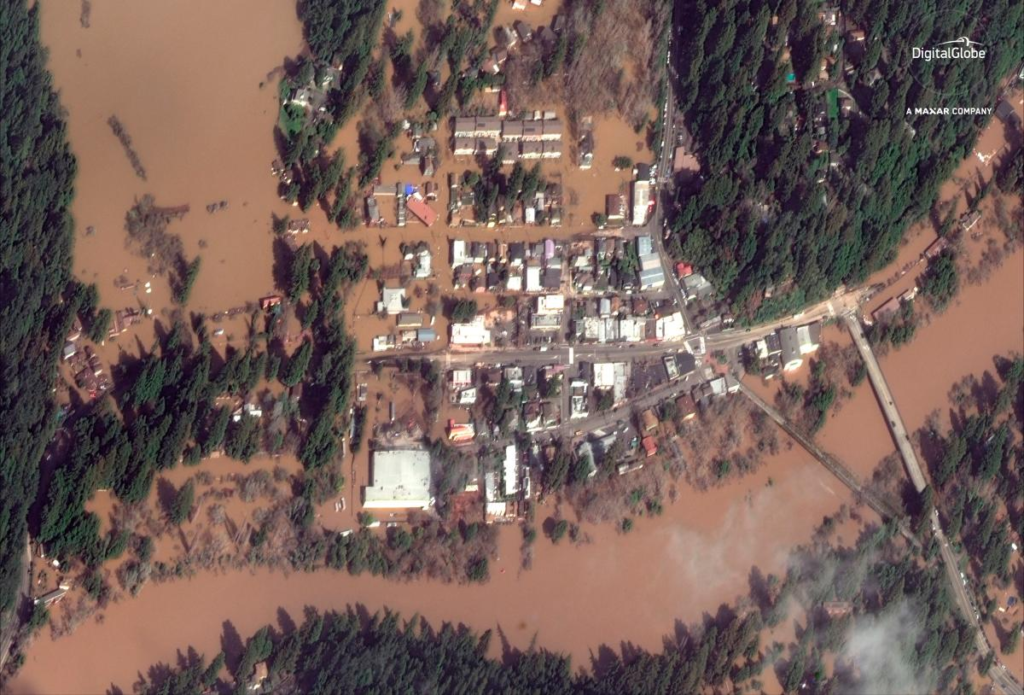
In the West, megadrought may be the greatest weather disaster, right now despite the ongoing danger of earthquakes and wildfires. However, a recent study warns that “Megafloods,” another crisis, are approaching California.
According to research issued on Friday, climate change is raising the likelihood of floods that might submerge cities and displace millions of people from their homes across the state.
It claims that hundreds of miles of California might receive feet of rain, or more than 100 inches in certain spots, during a severe month-long storm. Before the area was inhabited by tens of millions of people, such unrelenting storms occurred.
The probability and size of the next megaflood are already dramatically rising with each degree of global warming, according to the study.
Warmer worlds are more likely to experience floods because “the storm sequence is bigger in almost every respect,” according to co-author and UCLA climate scientist Daniel Swain. “There’s more rain overall, more intense rainfall on an hourly basis, and stronger wind.”
Climate change a factor in megafloods
The study concluded that such catastrophic floods are now twice as likely to occur due to climate change.
According to Swain, such large-scale statewide flooding has historically occurred in California every century or two, and the risk of such disasters today has been dramatically underestimated.

The Great Flood of 1862 in California was much earlier than climate change, measuring 300 miles long and 60 miles across. The study found that a similar flood now would uproot 5 to 10 million people, cut off the state’s main freeways for weeks or months, cause significant economic harm, submerge important Central Valley cities, and even part of Los Angeles.
The study elaborates on the “ArkStorm scenario” from 2010, so named since it describes the “atmospheric rivers” of moisture that would cause a biblical-scale flood. This is the first step in a strategy called ArkStorm 2.0 to go over that scenario once more.
The Massive California flood would be a $1 trillion disaster
According to UCLA, a flood the size of the one that occurred in 1862 would be considered a $1 trillion disaster.
“Parts of cities such as Sacramento, Stockton, Fresno and Los Angeles would be under water even with today’s extensive collection of reservoirs, levees and bypasses. It is estimated that it would be a $1 trillion disaster, larger than any in world history,” according to the statement.

With drought and wildfire getting so much attention, Californians may have lost sight of extreme flooding, Swain said in the release. “There is potential for bad wildfires every year in California, but a lot of years go by when there’s no major flood news. People forget about it.”
According to UCLA, the researchers compared two extreme scenarios using new high-resolution weather models and existing climate models: one that would occur around once every century in the historical climate of recent decades and another in the expected climate of 2081-2100.
Both would involve a month-long sequence of storms driven by atmospheric rivers.
Ribbons of water vapor known as atmospheric rivers run thousands of miles from the tropics to the western United States. They range in width from 250 to 375 miles, and they serve as the source of the intense rain and snowstorms that can result in flooding along the West Coast.
What are Atmospheric Rivers?
Ribbons of water vapor known as atmospheric rivers run thousands of miles from the tropics to the western United States. They range in width from 250 to 375 miles, and they serve as the source of the intense rain and snowstorms that can result in flooding along the West Coast.
Despite being advantageous for water supplies, such occurrences can disrupt transport, trigger dangerous mudslides, and result in catastrophic loss of life and property, according to the National Oceanic and Atmospheric Administration.

According to studies, atmospheric rivers will become warmer, more intense, and more frequent as a result of climate change.
The research from last Friday was published in the American Association for the Advancement of Science’s peer-reviewed journal Science Advances.
Read More:
Kraft Heinz Issued A Recall On Capri Sun Drinks